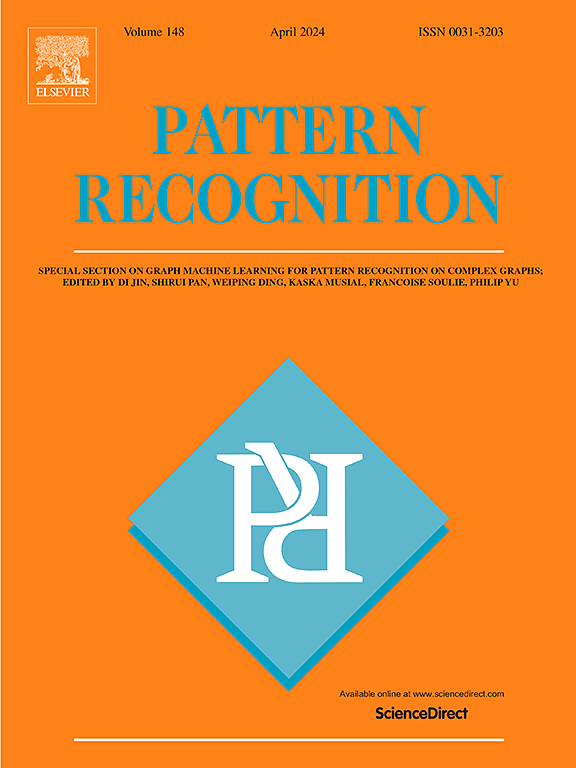Exploiting unlabeled data in few-shot learning with manifold similarity and label cleaning
IF 7.5
1区 计算机科学
Q1 COMPUTER SCIENCE, ARTIFICIAL INTELLIGENCE
引用次数: 0
Abstract
Few-shot learning investigates how to solve novel tasks given limited labeled data. Exploiting unlabeled data along with the limited labeled has shown substantial improvement in performance. In this work we propose a novel algorithm that exploits unlabeled data in order to improve the performance of few-shot learning. We focus on transductive few-shot inference, where the entire test set is available at inference time, and semi-supervised few-shot learning where unlabeled data are available and can be exploited. Our algorithm starts by leveraging the manifold structure of the labeled and unlabeled data in order to assign accurate pseudo-labels to the unlabeled data. Iteratively, it selects the most confident pseudo-labels and treats them as labeled improving the quality of pseudo-labels at every iteration. Our method surpasses or matches the state of the art results on four benchmark datasets, namely miniImageNet, tieredImageNet, CUB and CIFAR-FS, while being robust over feature pre-processing and the quantity of available unlabeled data. Furthermore, we investigate the setting where the unlabeled data contains data from distractor classes and propose ideas to adapt our algorithm achieving new state of the art performance in the process. Specifically, we utilize the unnormalized manifold class similarities obtained from label propagation for pseudo-label cleaning and exploit the uneven pseudo-label distribution between classes to remove noisy data. The publicly available source code can be found at https://github.com/MichalisLazarou/iLPC.

求助全文
约1分钟内获得全文
求助全文
来源期刊

Pattern Recognition
工程技术-工程:电子与电气
CiteScore
14.40
自引率
16.20%
发文量
683
审稿时长
5.6 months
期刊介绍:
The field of Pattern Recognition is both mature and rapidly evolving, playing a crucial role in various related fields such as computer vision, image processing, text analysis, and neural networks. It closely intersects with machine learning and is being applied in emerging areas like biometrics, bioinformatics, multimedia data analysis, and data science. The journal Pattern Recognition, established half a century ago during the early days of computer science, has since grown significantly in scope and influence.
 求助内容:
求助内容: 应助结果提醒方式:
应助结果提醒方式:


